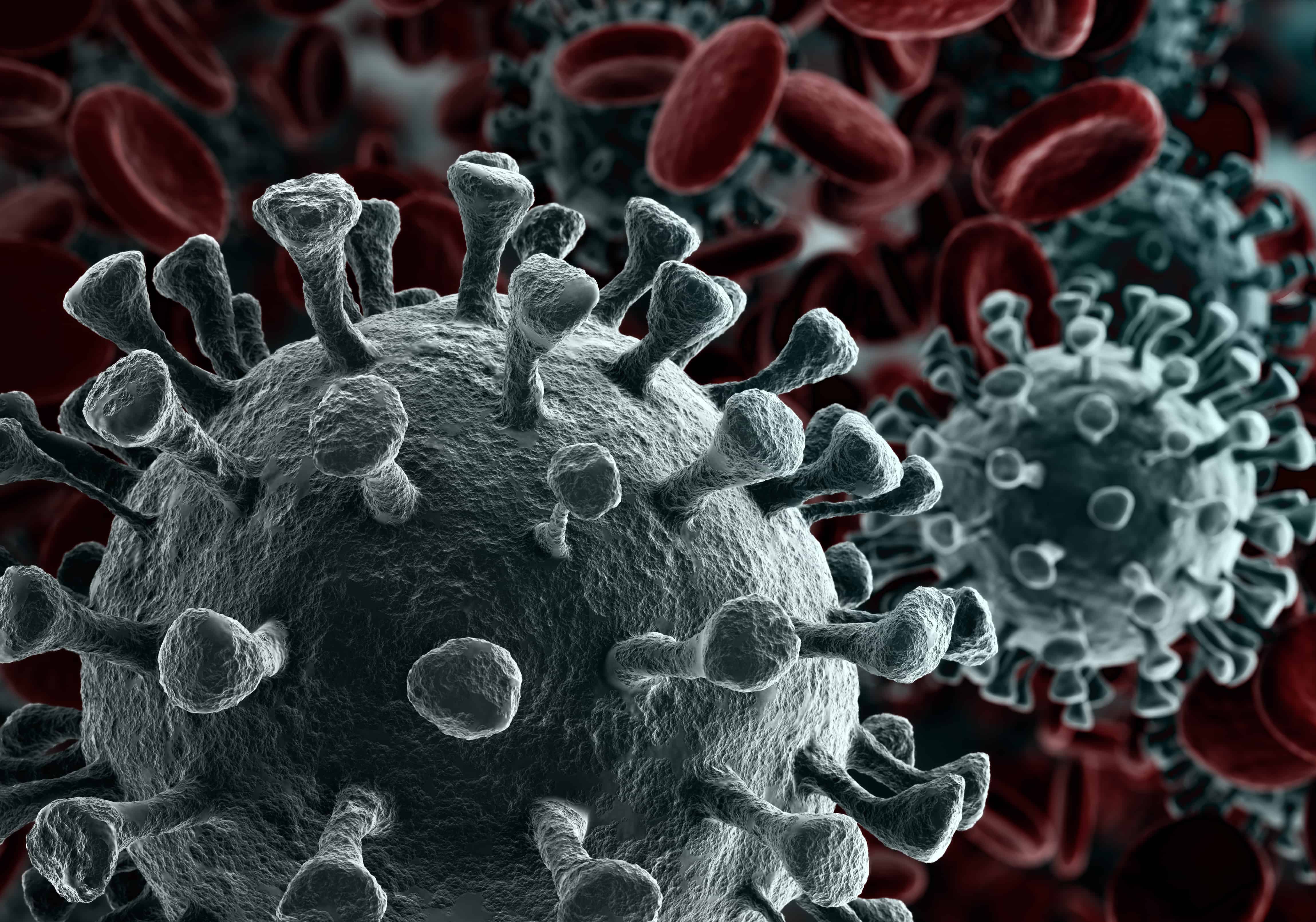March 14, 2020

The novel coronavirus (COVID-19) pandemic that has been spreading worldwide since December 2019 has sickened hundreds of thousands of people, shutting down major cities, prompting travel restrictions, and influencing the global spread of misinformation and panic.
As of March 20, 2020, there have been nearly 255,000 cases and 10,000+ deaths reported across 163 countries worldwide, and cases are expected to continue rising.1 Fortunately, there is some good news:
- 81% of infections are mild2
- Unlike the seasonal flu, this virus seems to be sparing young children2
- The infection has <1% mortality rate among patients without underlying medical conditions2
As promising as these facts are, this virus is no joke. Novel coronavirus is likely more infectious than SARS and MERS, and more deadly than the 2009 H1N1 “swine flu”, which creates a dangerous combination. Current estimates suggest that COVID-19 is 20 to 30 times more deadly than seasonal influenza (2.3%-3.4%2,3vs. 0.1%4), although case fatality rates vary by country and are rapidly evolving as new research is released. While the pandemic could fade as warmer weather approaches, or worsen if the virus mutates, we truly do not know how the situation will unfold.
It is important to remember that our health systems have limited capacity and that there is not currently a vaccine or treatment available to control this coronavirus. While clinical trials are underway, a vaccine will likely take at least one year to be developed, and implementing prevention measures as soon as possible is the only thing we can do at the present. If the public collectively begins engaging in these measures, the number of COVID-19 cases will occur more gradually, allowing our hospitals to maintain adequate resources to care for all patients, rather than overwhelming our health systems.5

Although a majority of COVID-19 cases are mild, and most associated deaths occur among individuals over the age of 602, it is essential for young, healthy individuals to take action to prevent the transmission of the virus. Community immunity is the concept that if a majority of a population is immune to a certain disease, at-risk individuals (who, depending on the disease, may be young, old, or immunocompromised) will be protected from the disease as well. This idea is often used to support comprehensive vaccine uptake, but can be applied to the current coronavirus outbreak as well. Just because you do not fall into a high-risk category for complications or death from COVID-19 does not mean you should ignore prevention and control recommendations. Protecting yourself from the virus will simultaneously protect others.
While this pandemic should not be taken lightly, spreading panic will not help either. We must funnel our anxieties about the unknown and implement simple control measures to prevent the further spread of this virus. Wash your hands, practice social distancing, stay home when you’re sick, and respect quarantines. Stay informed on the progression of the pandemic as well as the recommended control measures by checking reliable sources such as the World Health Organization (WHO) or the US Centers for Disease Control and Prevention (CDC).
“Everything we do before a pandemic will seem alarmist. Everything we do after will seem inadequate.” -Michael Leavitt, former Secretary of the US Department of Health and Human Services.
__________________________________________________________________
References
- Johns Hopkins University & Medicine. Coronavirus Resource Center. Available at: https://coronavirus.jhu.edu Accessed March 12, 2020.
- Wu Z, McGoogan JM. Characteristics of and Important Lessons From the Coronavirus Disease 2019 (COVID-19) Outbreak in China: Summary of a Report of 72 314 Cases From the Chinese Center for Disease Control and Prevention. Published online February 24, 2020. doi:10.1001/jama.2020.2648
- World Health Organization. WHO Director-General’s opening remarks at the media briefing on COVID-19 – 3 March 2020. Available at: https://www.who.int/dg/speeches/detail/who-director-general-s-opening-remarks-at-the-media-briefing-on-covid-19—3-march-2020 Accessed March 12, 2020.
- US Centers for Disease Control and Prevention (CDC). Disease Burden of Influenza. Available at: https://www.cdc.gov/flu/about/burden/index.html Accessed on March 12, 2020.
- Siobhan Roberts. Flattening the Coronavirus Curve. The New York Times. Published online March 11, 2020.











